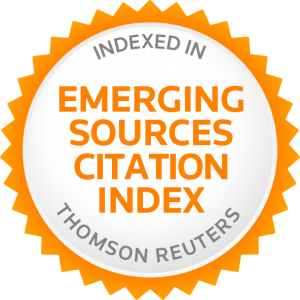MANDARIN COMPOUND VERBS
榮獲國科會人文學中心出版補助 Karen Steffen Chung
This is a study of the structure and properties of compound verb s in Mandarin Chinese. The Mandarin lexicon has not been widely studied in the way that Mandarin syntax has, perhaps because of a popular notion that compounds are a kind of “black box”, in which “lexicalization” is explanation enough for the way the components of compounds are put together. In fact, equivalents of many of the same features that typify Mandarin syntax, such as instrumental, aspectual, and passive constructions, are to be found on the lexical level as well.
By excluding separable structures such as Verb-Object phrases and resultative and directional constructions, we are able to establish, first, that verbs, like nouns, are invariably right-headed, i.e. modifiers always precede what they modify; and also that compound verbs with relatively few exceptions are disyllabic.
We divide compound verbs into subordinate, coordinate, embedded, and other miscellaneous compound verb types, based on the contextual part of speech of the component morphemes and their relationship with each other.
Subordinate compound verbs are found to exhibit an extensive system of verbal prefixation, contradicting the popular idea that there are few examples of affixation in Mandarin. Different relative position in a coordinate compound verb sometimes distinguishes different senses of the same morpheme. Included among embedded compound verbs we find lexical aspectual, passive, and causative structures. Aspectual matrix verbs in initial position are found to express intentioned, purposeful action, in contrast to complements of resultative constructions, which indicate a natural outcome of an action. Many of the compound verb types in the “other types” category, such as resultative compounds and transitive VO compounds, mirror other structural types; a few are foreign imports.
While most of the examples given in this study are established lexical items, new analogical formations continue to be created.
In short, separability serves as a clear criterion of what is and is not a compound verb in Mandarin. And in general, Mandarin compound verbs are found to strictly follow rules very similar to those of Mandarin syntax, with word order the most important guiding principle.



